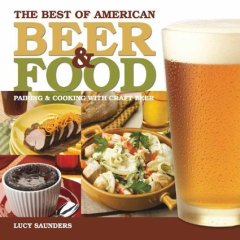Miller Brewing plans to test market three “craft-style” beers lower in calories and carbohydrates than beers described as “craft.”
The Miller Lite Brewers Collection, — a blonde ale, an amber and a wheat — will begin testing in February in Baltimore, Charlotte, Minneapolis and San Diego.
Jack Curtin doesn’t think much of the idea.
If you been slowly accepting the delusion that the Biggies had gotten the point, Miller comes through with the evidence to the contrary.
“Craft-style” beer. I love it.
I understand Jack’s point, but I was already wondering why so many beer drinkers assume that “light” and “full flavored” are exclusive. I started thinking about this last weekend when a former Pabst brewer explained to me how, when light beer was pretty new, they came up with a time-consuming process in order to lower calories but maintain the alcohol level (and thus flavor).
Full-calorie beers (Budweiser, Miller High Life, Pabst) have been squeezed what seems to be forever by specialty beers (imports and “craft”) on one side and low-calorie beers on the other. Perhaps strategists at Miller looked at this and thought, “ahha.” Brew Blog explains:
Miller Lite Brewers Collection is aimed at mainstream light beer drinkers and capitalizes on three beer industry trends: the growth of light beer; the growing popularity of craft beer; and consumers’ growing willingness to pay more for products that deliver a unique or better experience.
I understand that you are skeptical about Miller delivering a better experience. I’m reserving judgment myself, but it surely is possible.
Amber? Think of British bitters, less than 4% abv and full of flavor. Of course, they’re best on cask, something more easily done in a brewpub than an airport bar. And better bottle conditioned (unfiltered and unpasteurized), which probably isn’t part of Miller’s plan.
Blonde? Since Miller is spelling it with an “e” consider Chimay Doree from the French speaking part of Belgian. I figure the 4.6% beer brewed for the monks themselves has about 130 calories (just a little more than Samuel Adams light).
Wheat? How about a Berliner Weiss?
Nope, light beer doesn’t have to suck.

